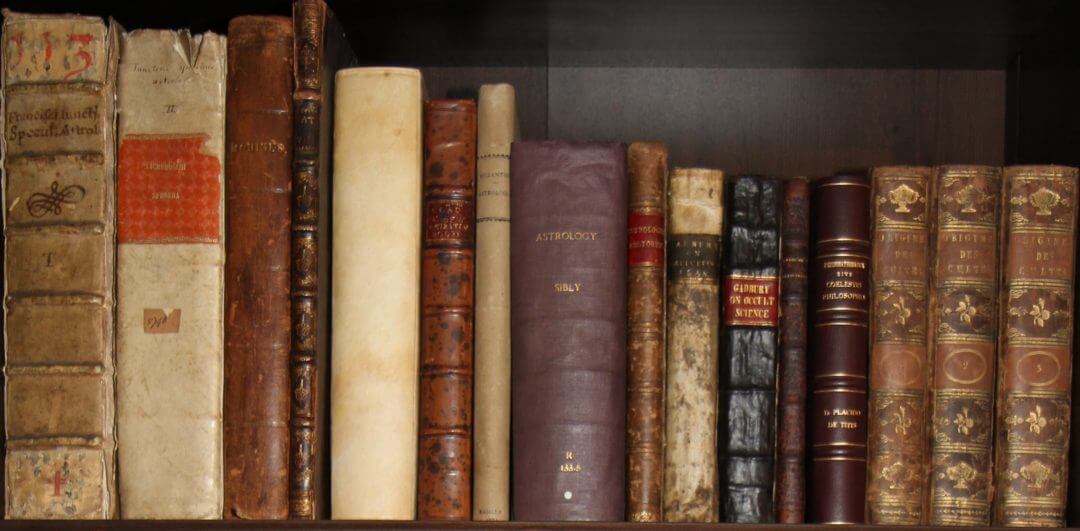Middleton, John, Philomath ‘Practical Astrology. In Two Parts. The First Part containeth an easie Introduction to the whole Art of Astrologie, shewing the Number and Nature of the Signes, Planets, and Aspects. Together with several Names and Terms of Astrologie. Also how to erect a Figure of the Heavens, and to place the Planets therein; and how the Student ought to proceed in the whole Art. The Second Part sheweth the Resolution of all manner of Horary Questions which concern the Life of Man, his Estate, Brethren, or short Journeys. If the Querent shall ever have Children. Of Sickness, and how to find the Nature and kinde of the Disease. Also concerning Marriages, Law-suits, Publick Enemies: Of things lost or stoln; with all other necessary Questions whatsoever. Together with several Examples of Coelestial Figures erected for Horary Questions, and Judgements thereupon, whereby any man of an ordinary capacity may soon attain to the whole Art thereof’ Printed by J. C. for Richard Preston, near Grays-Inn-gate in Holburn, 1679.
Leather (outer spine missing; front board detaching; rear board together with rear end-paper but detached from remainder of book; outer corners of boards worn and slightly chipped; leather peeling from rear board). (Ffep detached and chipped. Traces of water-staining to large parts of book. Worming to inner margins in places., without loss of text.) [Frontis.] + [1 leaf] + [16] + 214 + [p. 115(2)] + [pp. 216-249] + [p. 251] + [p. 250] + [pp. 252-272] + [p. 237 (2)] + [pp. 274-6] + [pp. 277-280 in typescript, in place of missing original printed leaves] + [p. 281] + [1]
About this Book Scan
Carefully scanned in full colour from our 1679 original, which was purchased from a professional antiquarian bookseller around the end of the 2000s.
John Middleton’s Practical Astrology in Two Parts is considered an important supplementary seventeenth century source text on horary astrology. It is quite a rare book, and this was the best original copy we could find for sale at the time of purchase. Four pages towards the end that were missing in print had been replaced in typescript by a previous owner, and the scan includes these thus. The original frontispiece portrait, which is often missing from surviving copies, is however present on this copy.
